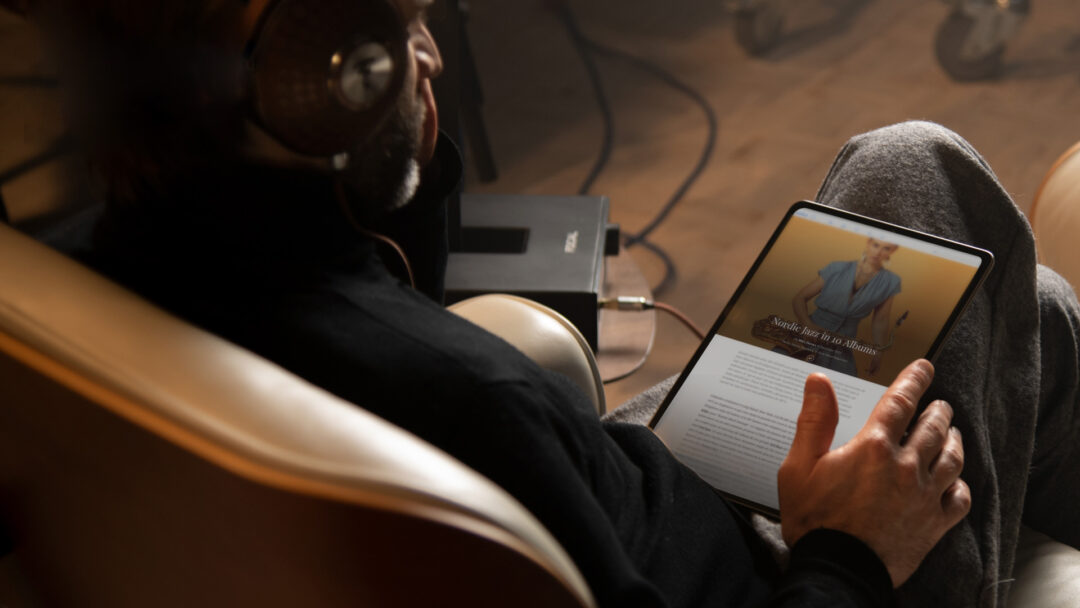Streaming is fantastic: You have access to – more or less – all music, anywhere and anytime. And even if you have a well-grown music collection and enjoy the feeling of being able to hold an album in your hand, it is faster to find a specific piece of music with your mobile, than it is to kneel in front of the bookshelf and look.
Unfortunately, streaming has previously been associated with poor sound quality. Spotify, which is largely dominant, delivers 320 kilobits as its “high quality” sound quality. And with Apple Music, the picture is the same.
High resolution
CD quality is a minimum requirement for hi-fi quality music enjoyment. At least for listening on the home stereo. But the next battshould will be HD audio. That is, sound with a larger resolution than the 16-bit/44.1 kHz which is the limitation of the CD format.
Depending on your taste in music and luck, a larger or smaller part of the back catalog from your favorite artists will be available. The narrower and more exotic the taste, the less chance. But there is a good deal of coincidence involved.
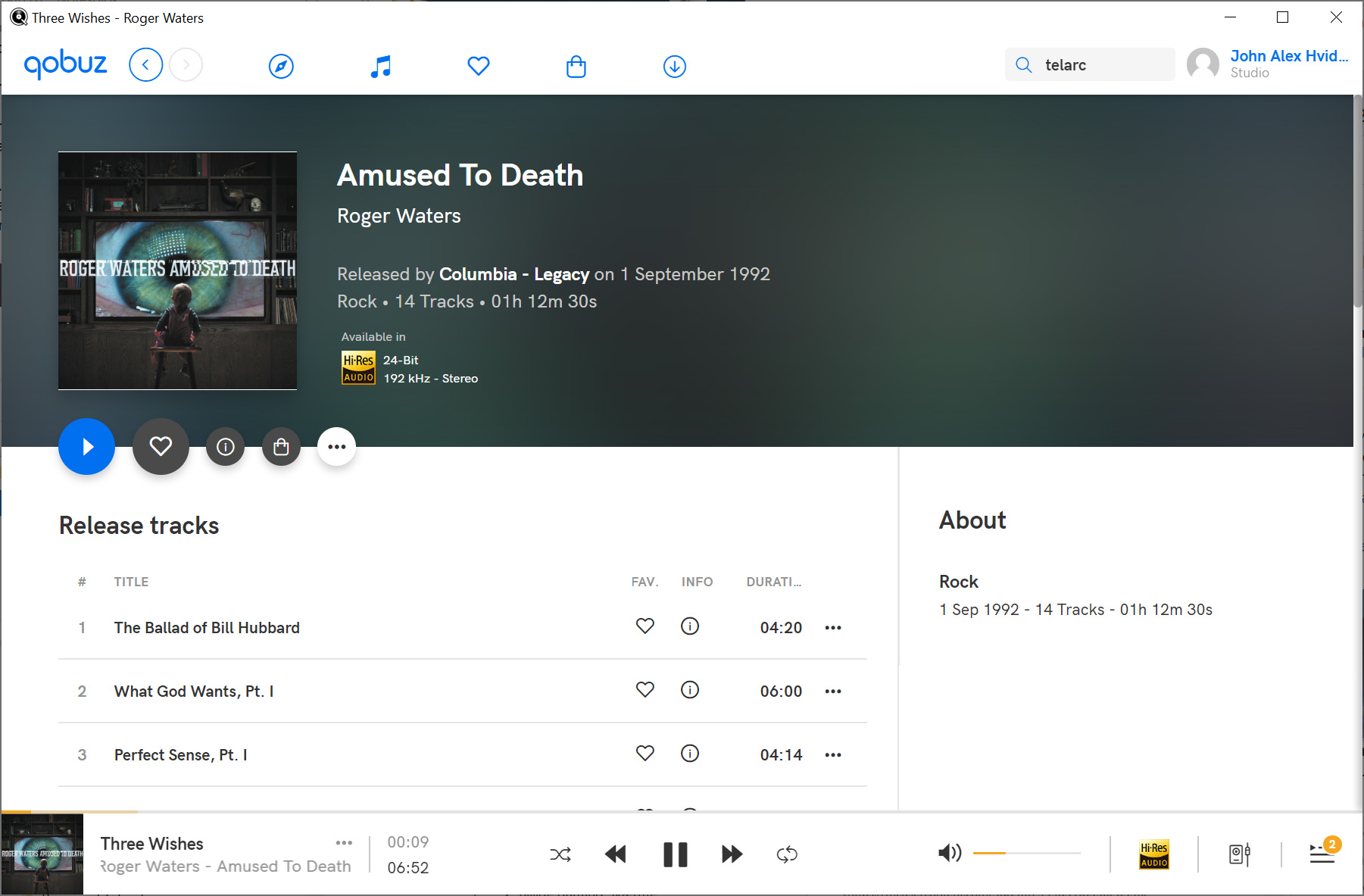
As a collector of English prog-rock, I am delighted to find a large part of Pink Floyd’s back catalog in HD resolution. But it amazes me that none of Genesis’ repertoire is available in the same quality. And it gives me no consolation that “The Monkee’s Greatest” with the British bubble gum pop band of the same name is available in full 24-bit/192 kHz resolution.
Qobuz is not alone in offering HD quality. Tidal does the same. With them, the quality is called “Masters”, and with both, the HD sound is included in the same subscription as regular CD quality.
But where Tidal uses the controversial MQA format, which is both losssy and only supported by select hardware manufacturers, the file format at Qobuz is FLAC. This means that the HD files can be played on all digital converters (and for that matter all multi-room systems).
This also means that Qobuz places great demands on the internet connection. 24-bit/192 kHz playback causes the wireless network to gasp for air at 32 megabits per second. Which is about twice what it takes to watch movies on Netflix in 4K quality!
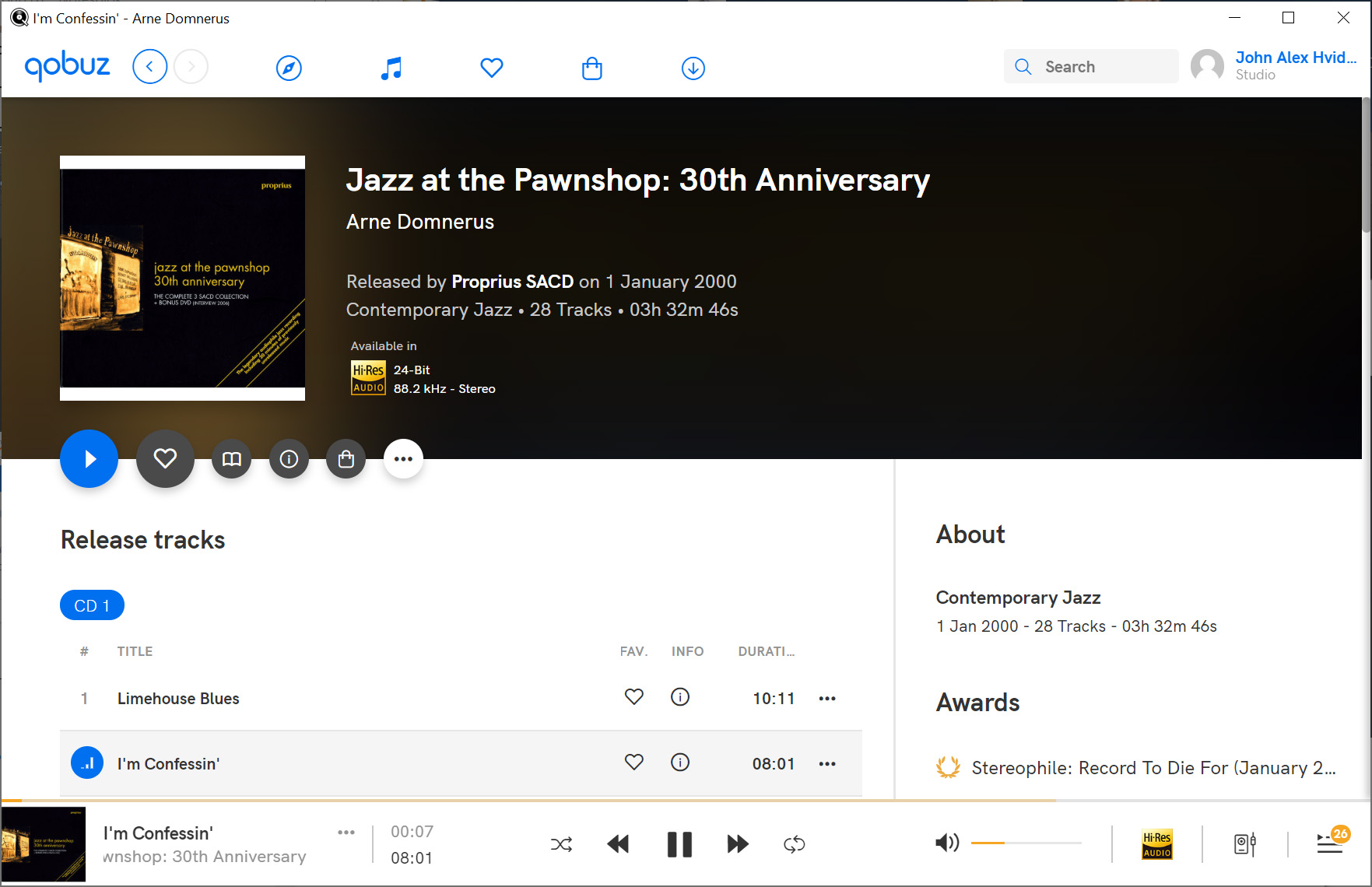
Apples vs. oranges
It is usually a prerequisite when assessing sound quality that the things being compared are …comparable. And when it comes to streaming services, you have to keep your attention. Because the question will be whether the difference in sound quality is due to the service or the source material?
The same album is often available in several editions that immediately look identical. It could be a newer remaster – or even several different remaster editions. And particularly popular albums can be released in special audiophile versions on top of that.
As a record and CD buyer, I am painfully aware of this fact. I have bought a number of key albums in my collection at least four times: first on LP, then on half-speed-mastered virgin vinyl, then on CD, and then in at least one remaster edition!
In addition to remastered editions, which can be revealed by reading the small print, the same version can unfortunately also appear in different quality of streaming services. When a streaming service acquires music, they do not buy physical albums, but digital audio files – and thousands at a time.
Usually it pays to choose the latest edition, and if there is an audiophile version, then choose that one.
Sometimes it’s perfectly okay to compare apples with oranges. Qobuz thus has a number of albums in HD resolution which on other services are only offered in normal CD quality. That, of course, counts in their favour.
So, is there a difference?
If you are used to lossy streaming from Spotify or Apple Music, you might as well get used to having your monthly streaming expenses doubled from now on. Because it’s much better. So much so that you will hardly want to go back again.
If you already have a subscription to Tidal HiFi, the difference is more subtle. Tidal’s “Masters” is in HD quality, but it is not lossless. Directly compared to equipment that can decode MQA (a NAD C658 preamplifier with BluOS), the difference is small. There is perhaps a little more freedom and openness. A little more air between the instruments. But it requires at best a good recording. And not all albums available in HD quality will really make use of all that resolution.
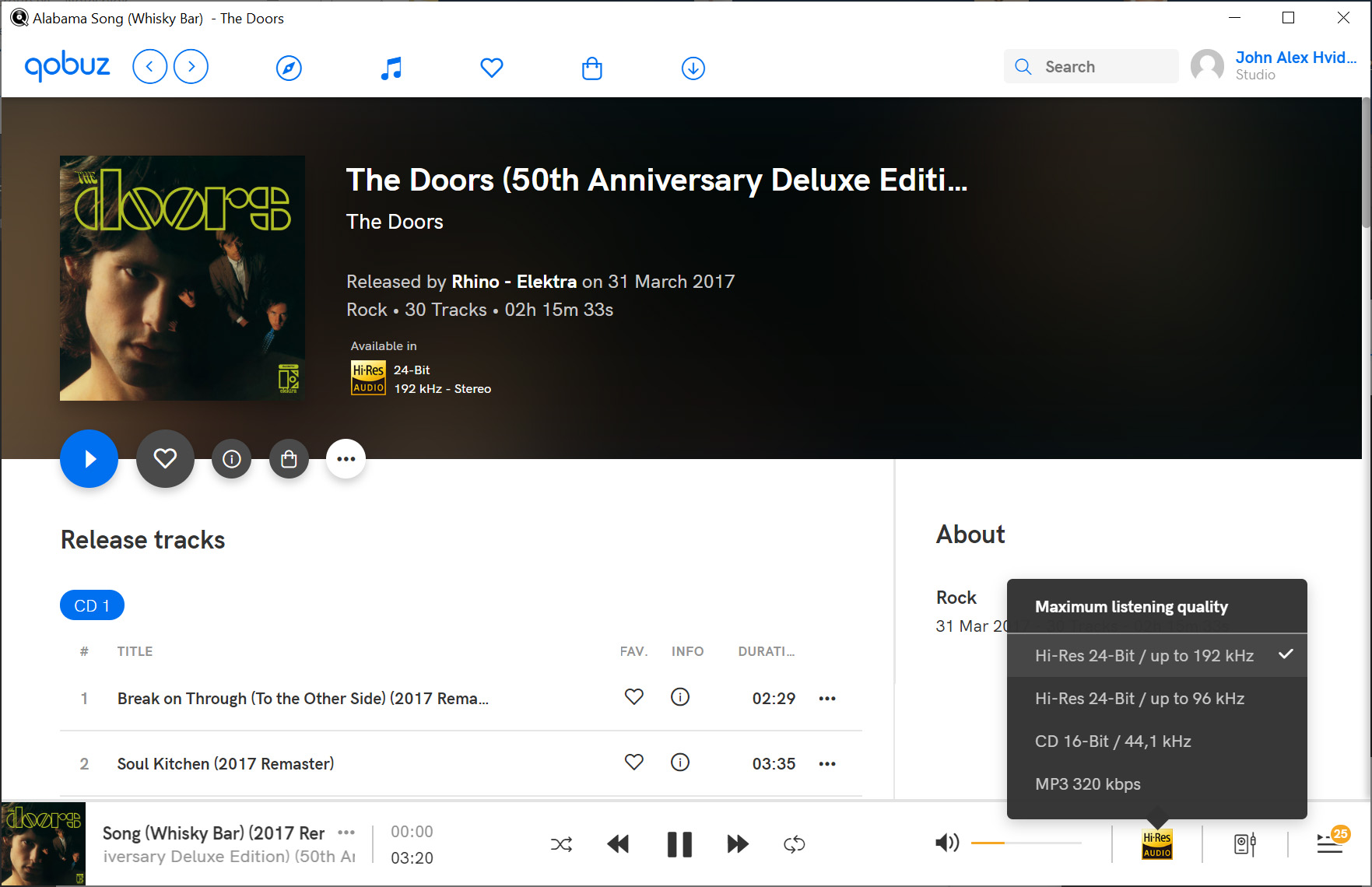
Note that this applies regardless of which streaming service the music is played through. Most albums are repeated between services.
On the other hand, what makes a difference is that Qobuz does not require special hardware to decode HD audio. If your digital converter or amplifier does not support MQA, Tidal Masters will play in normal CD quality.
Challenging user interface
There are reportedly 60 million music tracks on Qobuz (about the same number as with competitors Tidal and Spotify) – but they are not easy to find! The search function is deep enough, and you can search not only for artists and titles, but also composers, performances and record companies.
The problem is the confusing way in which the result is presented. Albums, singles and singles are presented between each other, and without being sorted by either alphabet or year of release. And the same album can appear multiple times in random places in the list, if there are multiple releases.
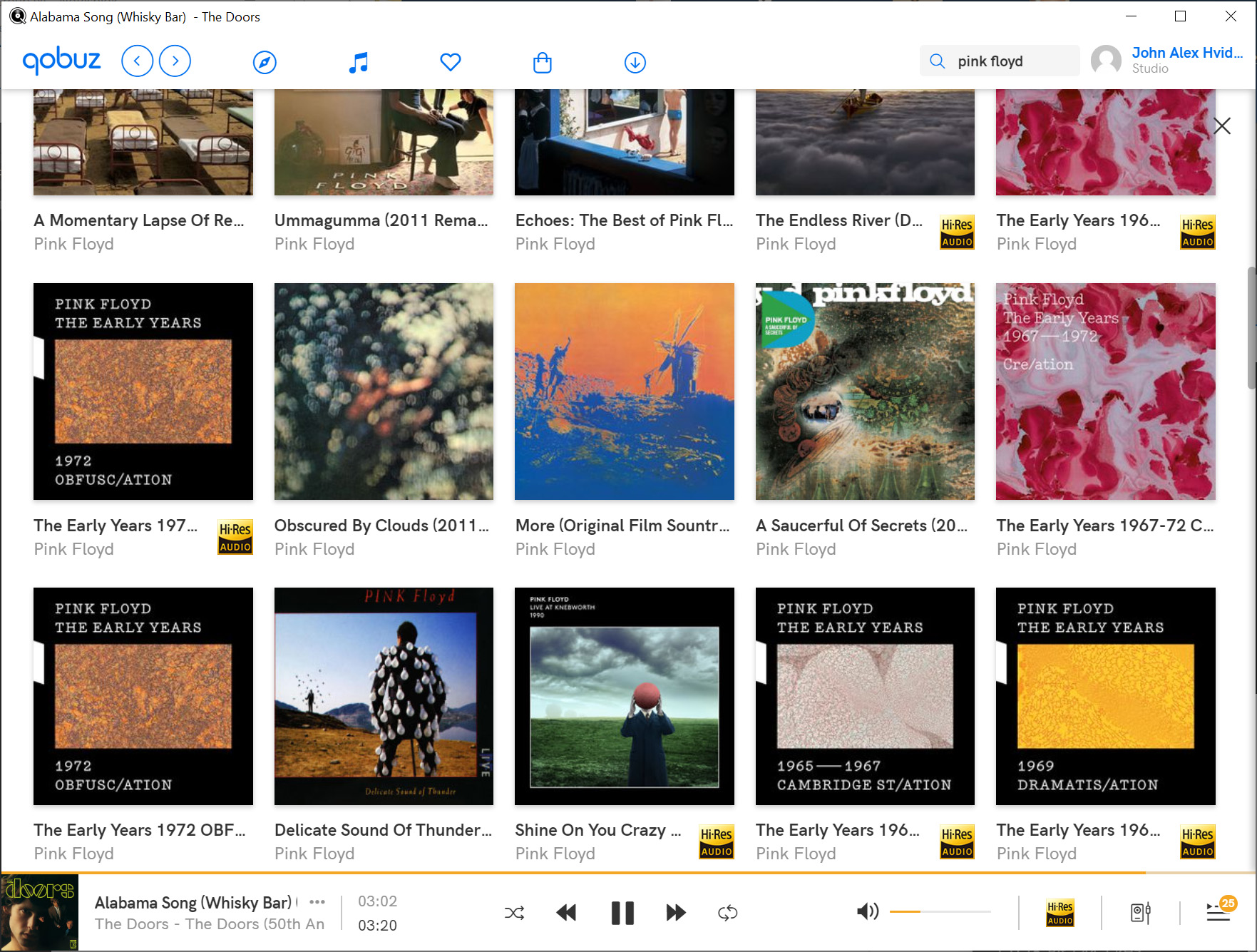
When you have finally found the track you are looking for, it can be saved in a playlist. But here, too, Qobuz’s user interface stretches: Where organizing playlists is a simple click-and-drag operation on other streaming services, it happens through a complicated menu function in Qobuz. On the Windows app, it required help from Qobuz’s technical support to locate it – and in the Android app, I never succeeded.
Conclusion
With Qobuz ‘entry into the Nordic scene, a new competition for high-quality streaming is planned. An area where Tidal has so far been dominant.
Qobuz presents a catalog with lots of high-resolution music, and they do so in uncompressed FLAC format that does not require special hardware. The interface is decorative but dysfunctional, but all in all the experience is positive. And since you can get a month’s free trial subscription, there is not much to think about.

We think
Lossless, high definition sound. Excellent selection of albums in HD resolution. Does not require special hardware for decoding. Unmanageable and illogical app. Slow playlist update. Requires higher bandwidth.
15 €
Specifications
- Number of tracks: Over 60 million
- Resolution: Up to 24 bit/192 kHz
- File format: FLAC, lossless
- App: Android, iOS, PC, Mac
- Web: qobuz.com
Benchmarks
When it comes to streaming audio, there are three concepts to keep in mind: Resolution, bit rate, and whether the file format is loss-making.
The resolution indicates the “fine-grainedness” of the digital signal. The sound on a CD has a resolution of 16 bit/44.1 kHz. HD audio, ie high-resolution sound, is per. definition anything that has higher resolution than CD.
Thus, 24 bit/44.1 kHz, 24 bit/96 kHz and 24 bit/192 kHz are all considered HD audio formats, but a higher sample rate will allow for a wider frequency range. And all the while the human hearing at best reaches 20 kHz, the steep filters needed in the conversion can affect the sound further down in the frequency range.
Bit rate is an expression of how many bits per second the audio stream can transmit. The lower the bit rate, the less space there is for high definition sound. Spotify offers a bit rate of 160 kbit / s in the free version and 320 kbit / s in the paid version. CD quality requires a bit rate of 1411 kbit/s, ie approx. five to ten times as much. And 24 bit/192 kHz HD audio costs 9.2 megabits per second if not compressed.
So how do you push the extra data through the slow line? This is done by using lossy audio formats. A cunning algorithm discards the parts of the music signal that are allegedly inaudible because they are masked by louder sounds. That it is possible to throw away 90 percent of the signal and still have recognizable music is impressive.
But the deterioration is clear. And the lower the bit rate, the worse it sounds. Spotify and Apple Music today both use the AAC file format, which is loss-making. Tidal streams losslessly in CD format on the HiFi service, while the high-definition music in the Masters service is streamed in the MQA format, which is loss-making but still supports HD audio.
The HD audio on Qobuz is streamed in the FLAC audio format, which is a packaged format but without data loss.
